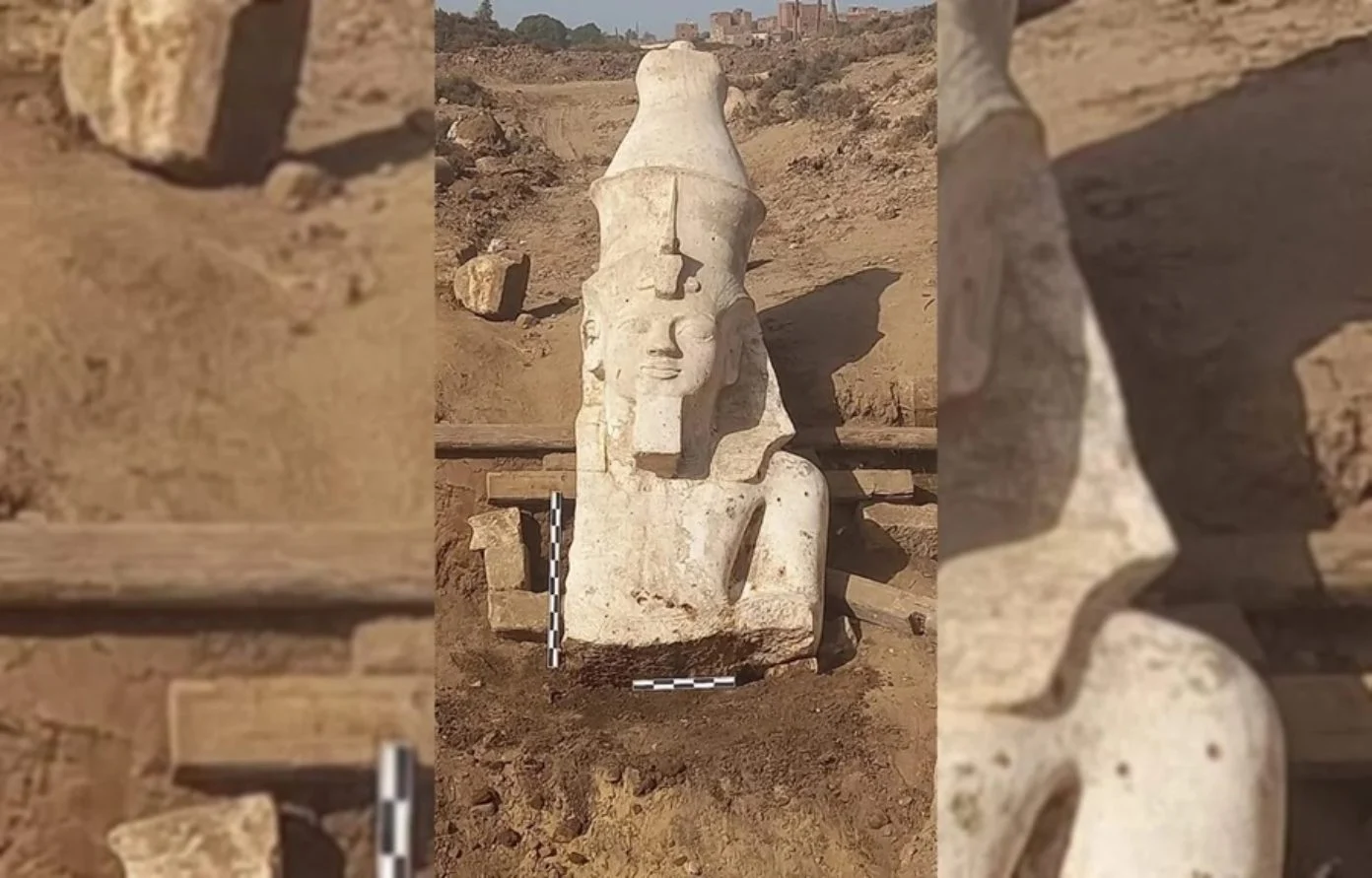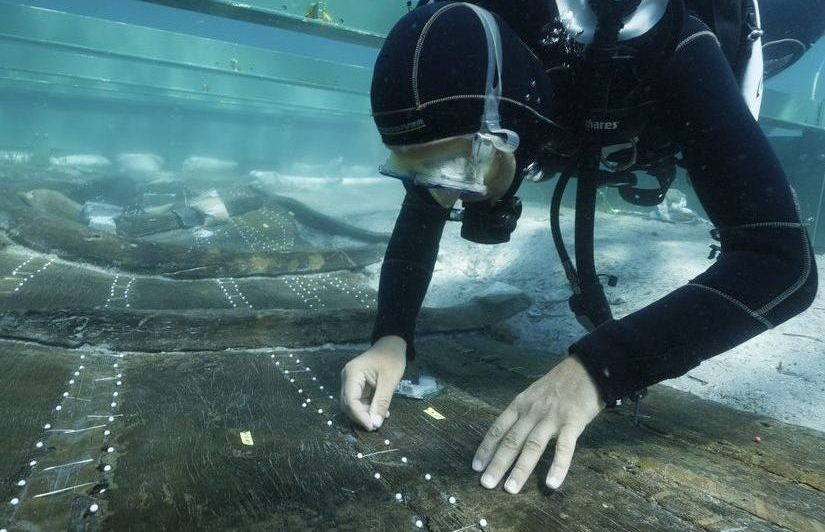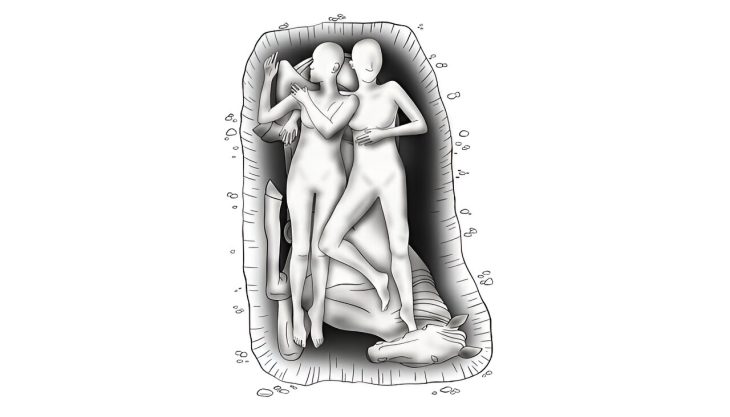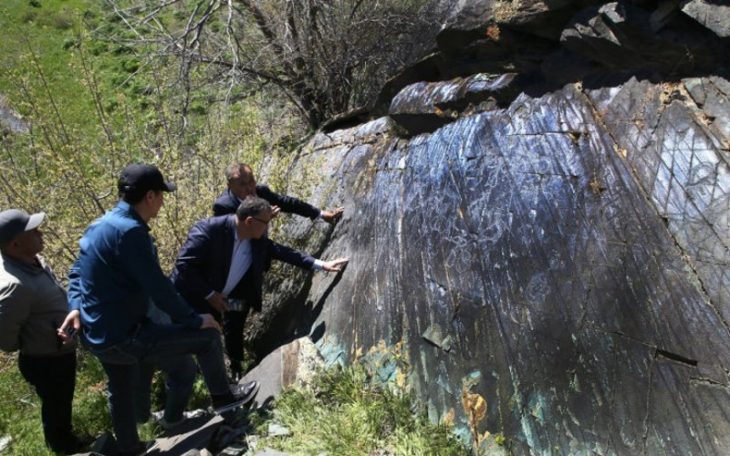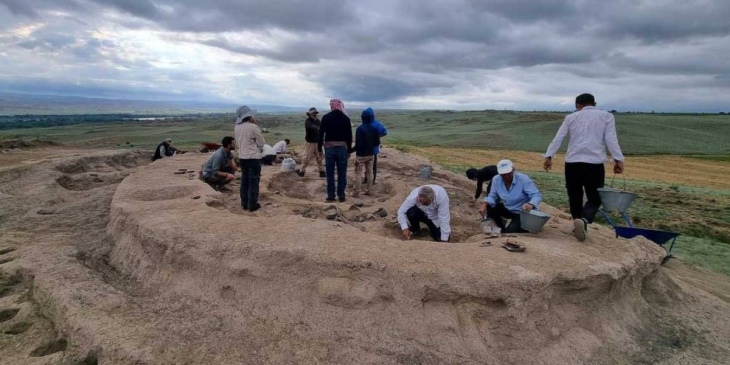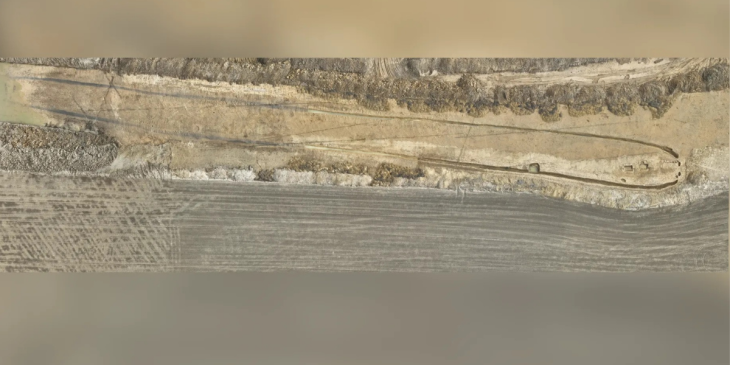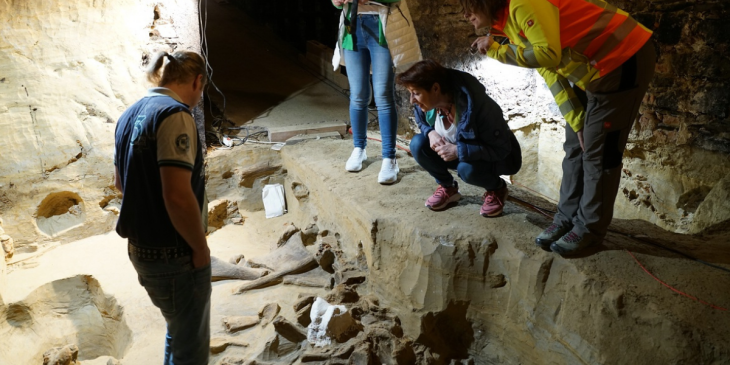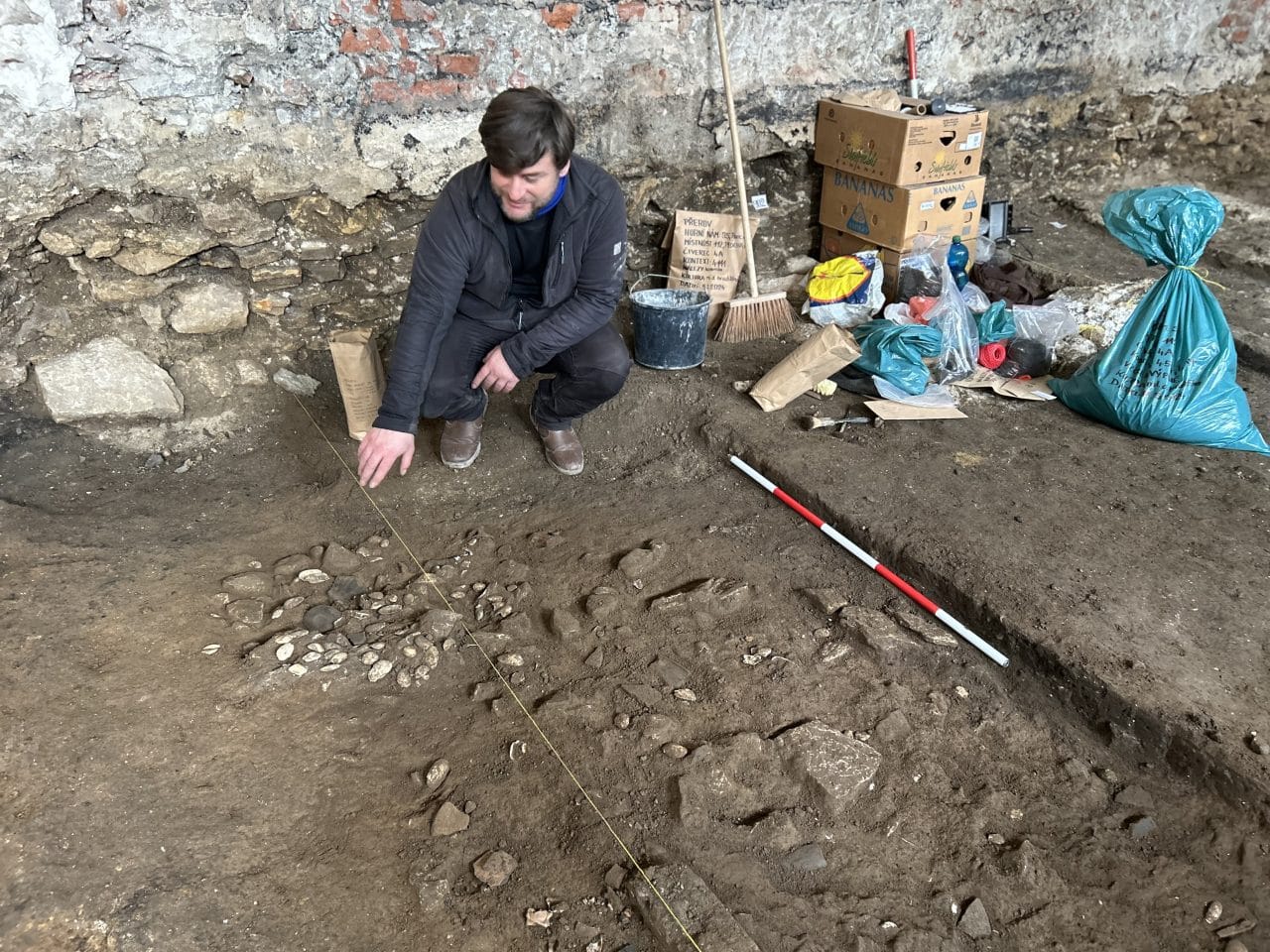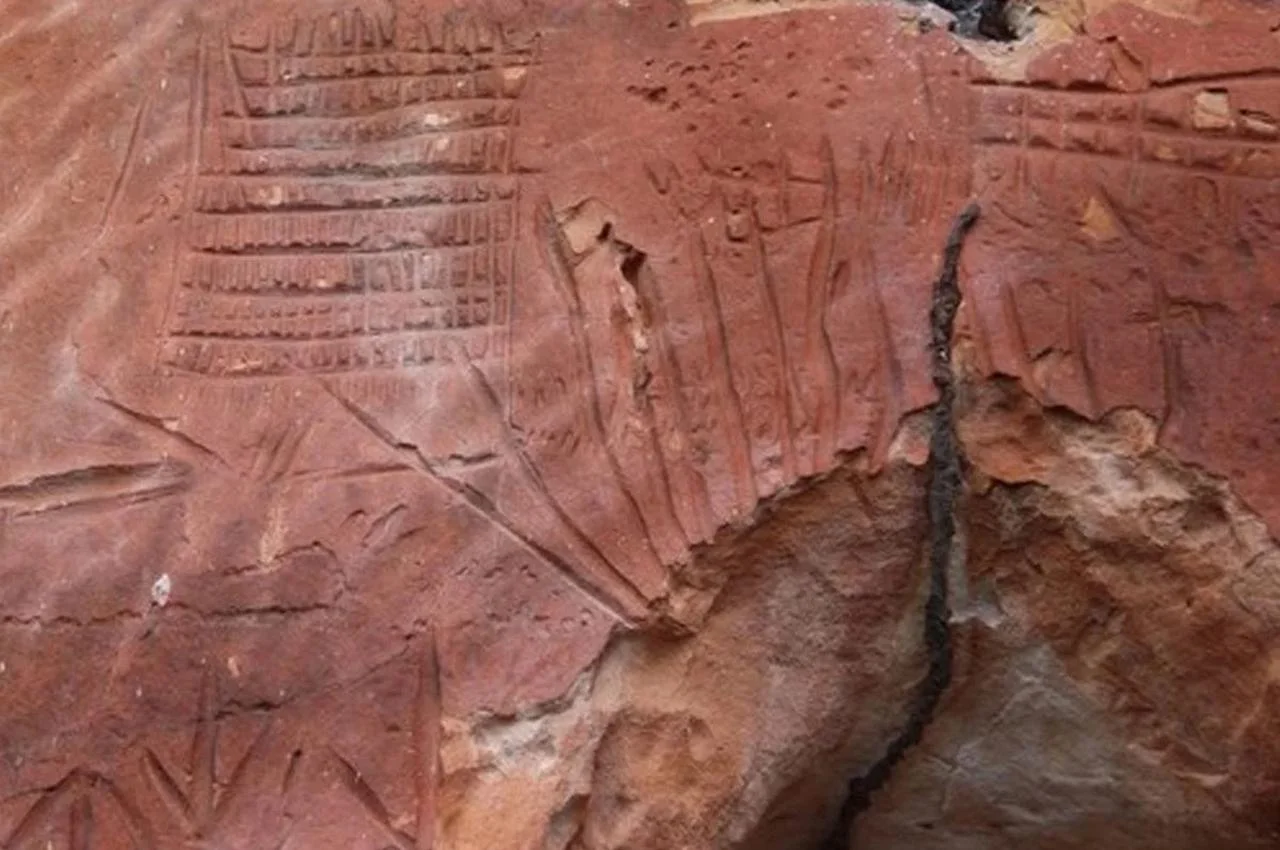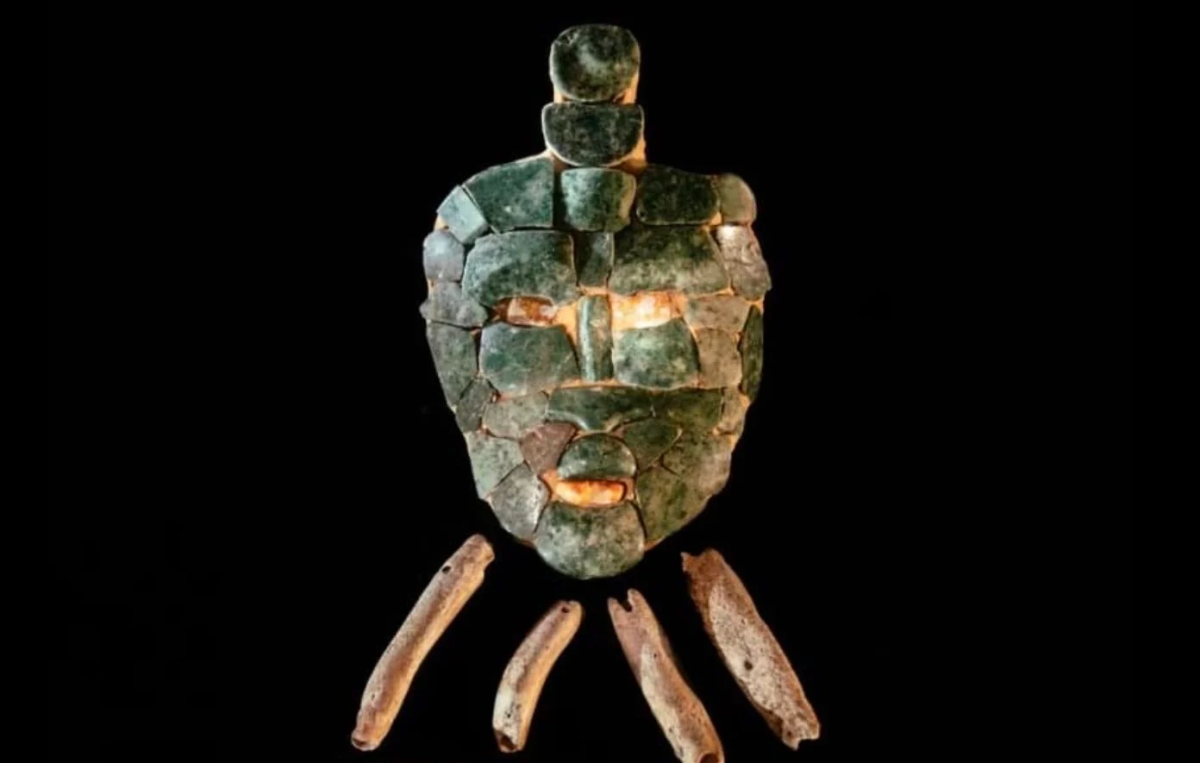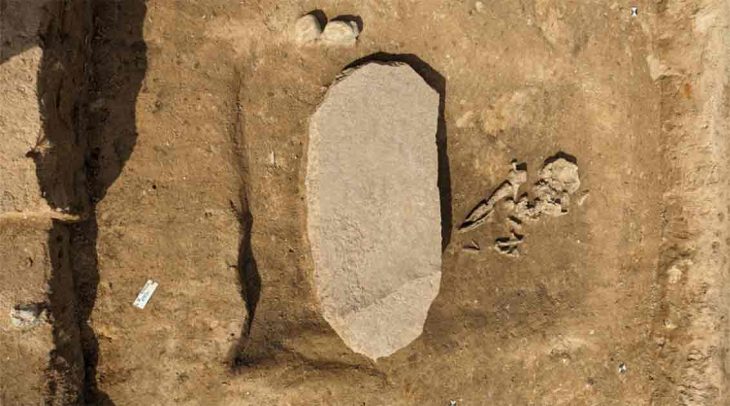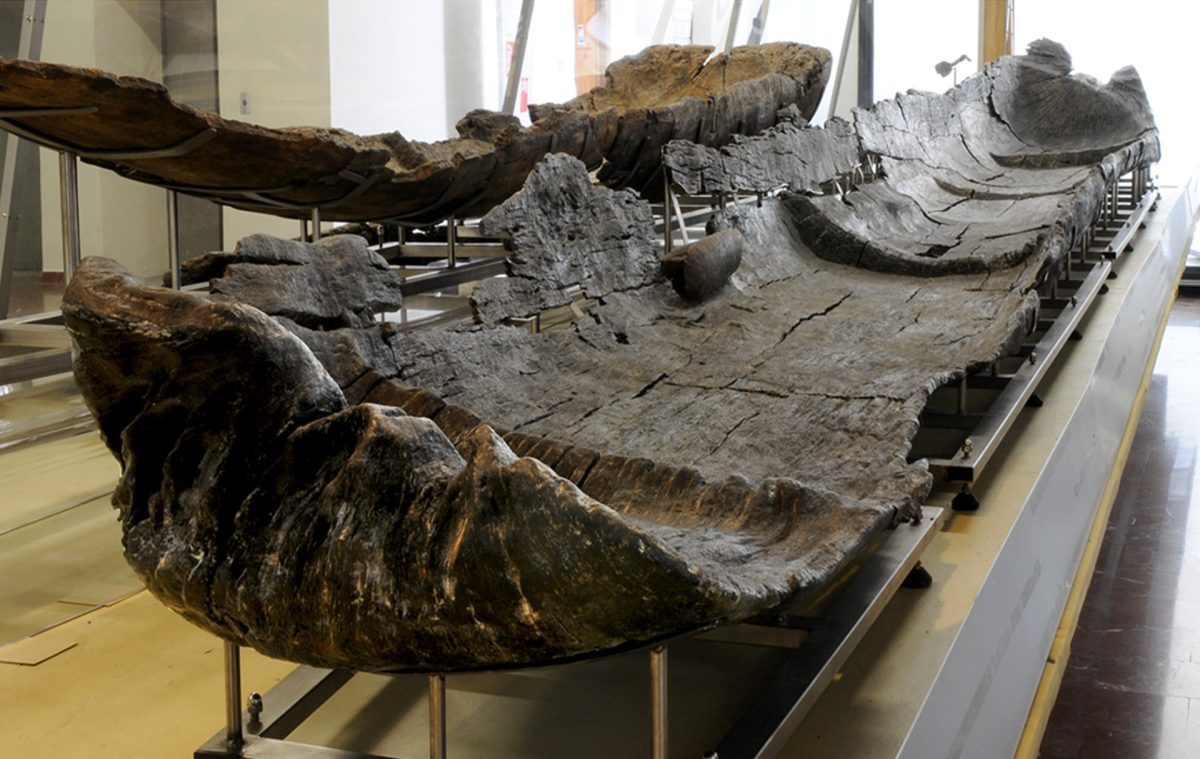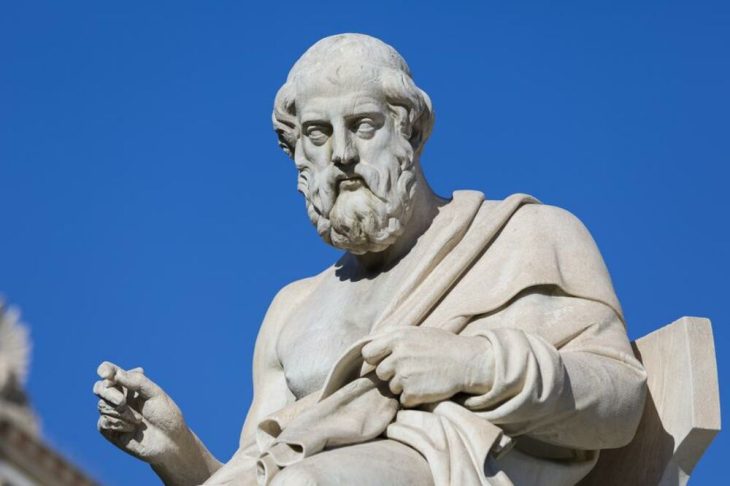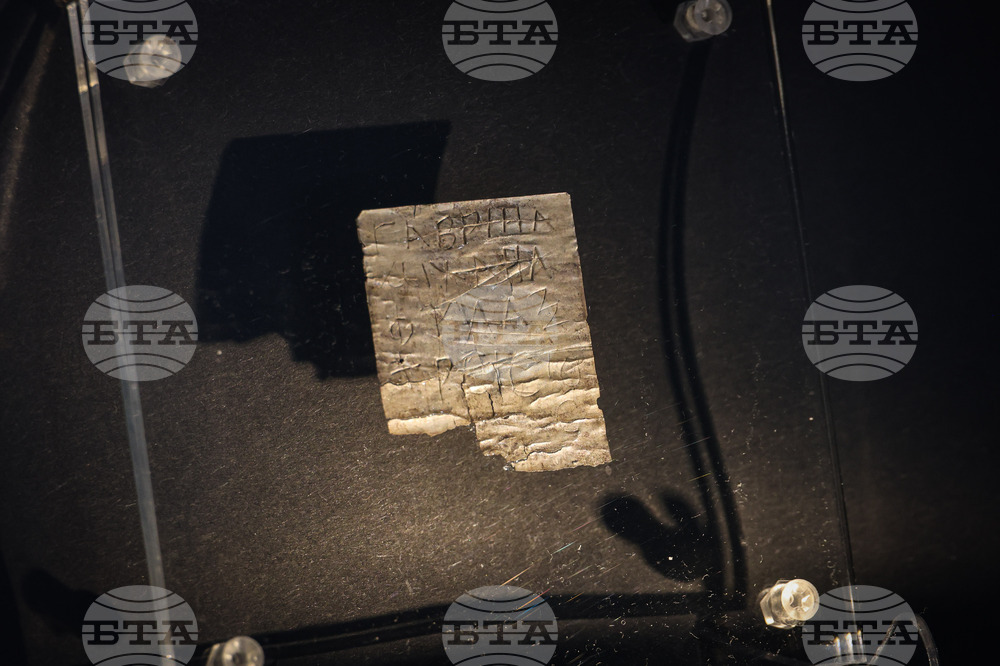The upper part of a colossal statue of Ramses II, also known as the Great Ramses, was discovered during excavations in the city of Minya, Egypt.
The statue was found in a joint study by archaeologists from the United States and Egypt.
The limestone block, about 3.8 meters high, depicts Ramses seated and wearing a double crown and a headdress topped with a royal cobra, Bassem Jihad, head of the mission’s Egyptian team, said in a statement.
It was stated that hieroglyphic inscriptions praising the king, one of the most powerful pharaohs of ancient Egypt, were located on the upper part of the back column of the statue.
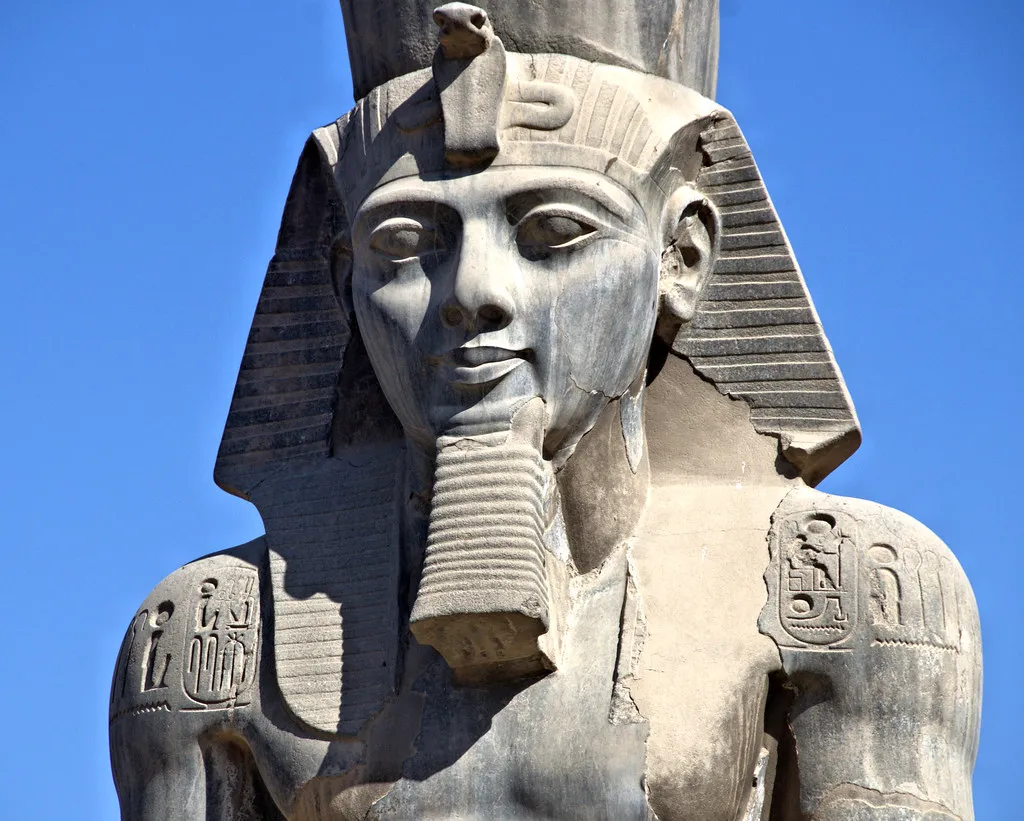
When the size of the statue is combined with the lower part unearthed decades ago, it reaches approximately 7 meters.
Mustafa Waziri, the head of the Egyptian Antiquities Council, said that the work confirmed that the upper part of the statue matched the lower part discovered by German archaeologist Gunther Roeder in 1930.
Waziri said that the mission had begun cleaning and preparing the block before modeling how the statue would look when the two sections were combined.
Ramses II: The Great Pharaoh of Egypt
Ramses II was the third pharaoh of the Nineteenth Dynasty of Ancient Egypt, reigning from around 1279 to 1213 BC. Also known as Ramses the Great, he was a prominent figure in Egyptian history and is credited with the construction of many important monuments.
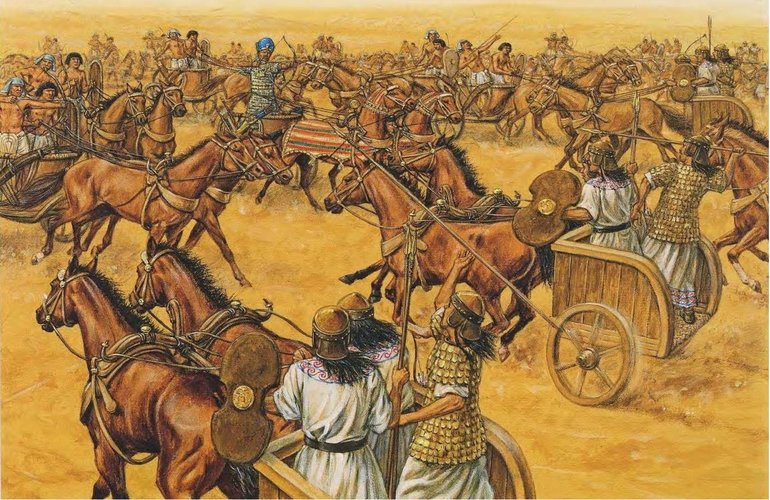
Military Campaigns and the Battle of Kadesh:
Throughout his reign, Ramses II led numerous military campaigns, the most famous of which being the Battle of Kadesh. This battle took place in 1274 BC and was a major conflict between Egypt and the Hittite Empire. The Battle of Kadesh is considered one of the largest battles of the ancient world.
Monuments and Temples:
Ramses II commissioned the construction of many monuments and temples to glorify himself and his reign. The Karnak and Abu Simbel temples are particularly noteworthy, being some of the largest and most impressive structures built during his time.
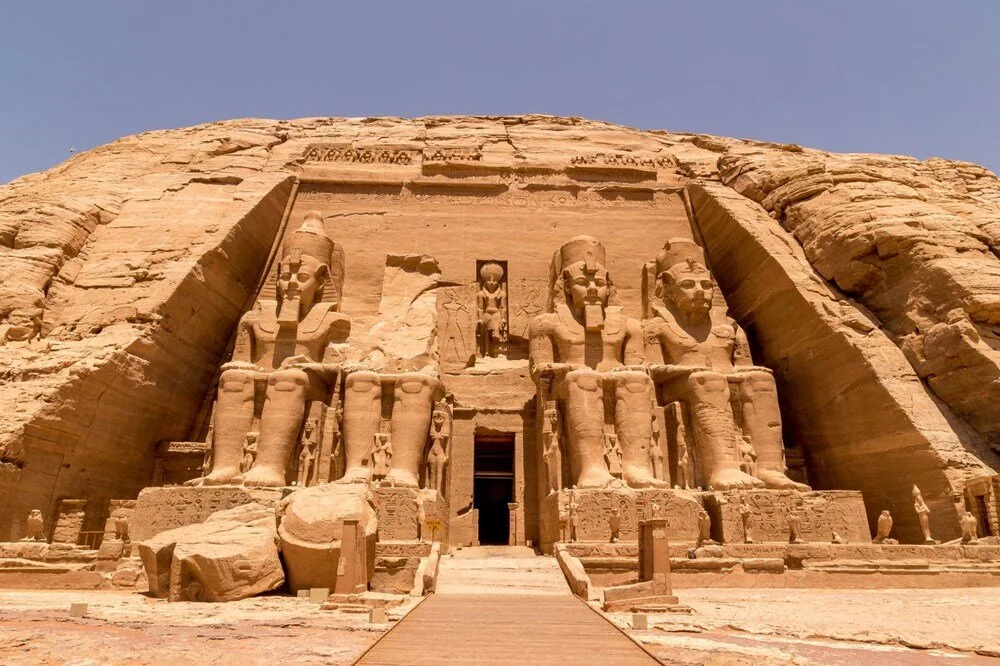
The Abu Simbel Temple:
The Abu Simbel temple is located in southern Egypt, on the west bank of the Nile River, and was built during the reign of Ramses II. The temple is famous for its four colossal statues of Ramses II, which flank the entrance along with statues of other gods and goddesses.
The Legacy of Ramses II:
Ramses II was one of the longest-reigning pharaohs of Egypt, and his reign is considered one of the most prosperous periods in Egyptian history. The monuments and temples he built still stand today as some of Egypt’s most important tourist attractions.
Cover Photo: Ministry of Tourism & Antiquities

